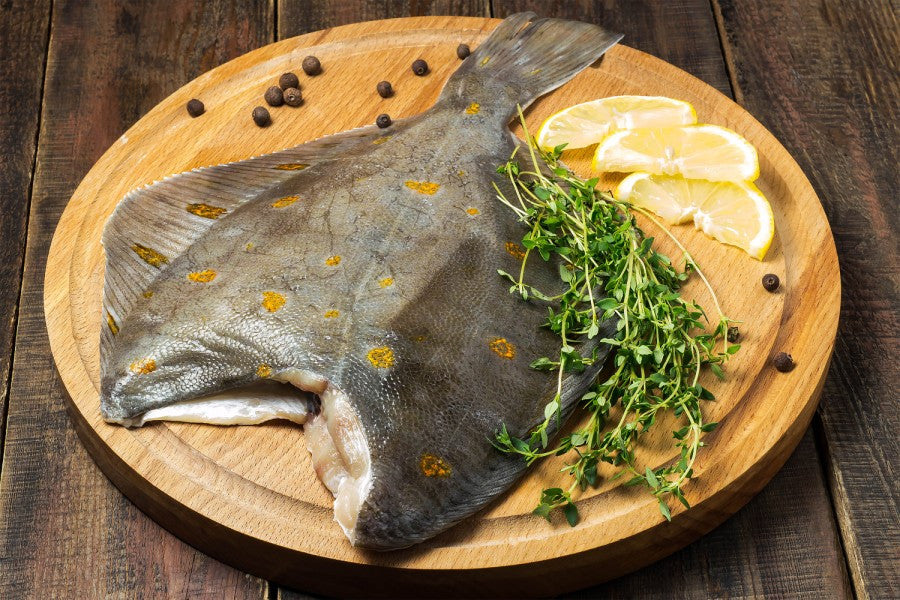
Plaice: Facts and Nutritional Value
Share
Plaice is a name used to refer to a group of flatfish, which includes four species: European, American, Alaskan, and scale-eye. However, among the four, the European plaice is considered the most important species. The European plaice can be distinguished through its brown skin covered with orange or red spots on the upper side of the body.
The European place can be found in the Barents Sea, Mediterranean, and in the Northeast Atlantic. They prefer sandy, muddy, or gravelly bottom areas. They can grow up to three feet long and can weigh as much as 15 pounds. Possessing strong jaws filled with blunt teeth, they feed on crustaceans, mollusks, and worms. Generally, they hunt for food in the shallow waters. They reach sexual maturity at the age of three to seven years and can live up to 50 years in the wild.
Plaice as food can be healthy for you. It contains various vitamins and minerals, including:
Thiamine (Vitamin B1): It plays an important role in the conversion of food into energy. Deficiency of this B vitamin is associated with beriberi and Wernicke-Korsakoff syndrome.
Biotin (Vitamin B7): This B vitamin is essential for the healthy activity of the cells, regulation of DNA, and control of inflammation.
Vitamin B12: It is needed for the proper functioning of the nervous system. It also works with folate and vitamin B6 to reduce your risk of of heart disease and cancer.
Selenium: This mineral is essential in metabolism and is known for its antioxidant properties, protecting the cells from damage.
Fresh plaice is also high in protein. A 100-gram serving of raw plaice can give you 18 grams of protein, which is equivalent to three eggs, but with fewer calories. Your body utilises protein to build and repair tissues. This macronutrient is also an essential building block of bones, muscles, cartilage, skin, and blood.
In addition, because plaice does not contain carbohydrates, it can be a great addition to a low-carbohydrate diet. While it is true that the body’s main source of energy is carbohydrates, limiting your intake of the macronutrient can help promote weight loss. As for fat, plaice provides just two grams of fat in every 100 grams of raw plaice. And, none of this fat is saturated, which means that it does not contribute to the increase of cholesterol levels in your body.
Overall, plaice can be a great addition to your diet. Enjoy it grilled, baked, poached, or fried. Order your fresh plaice online today
